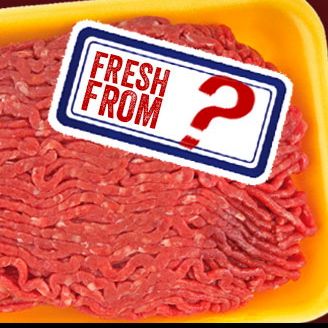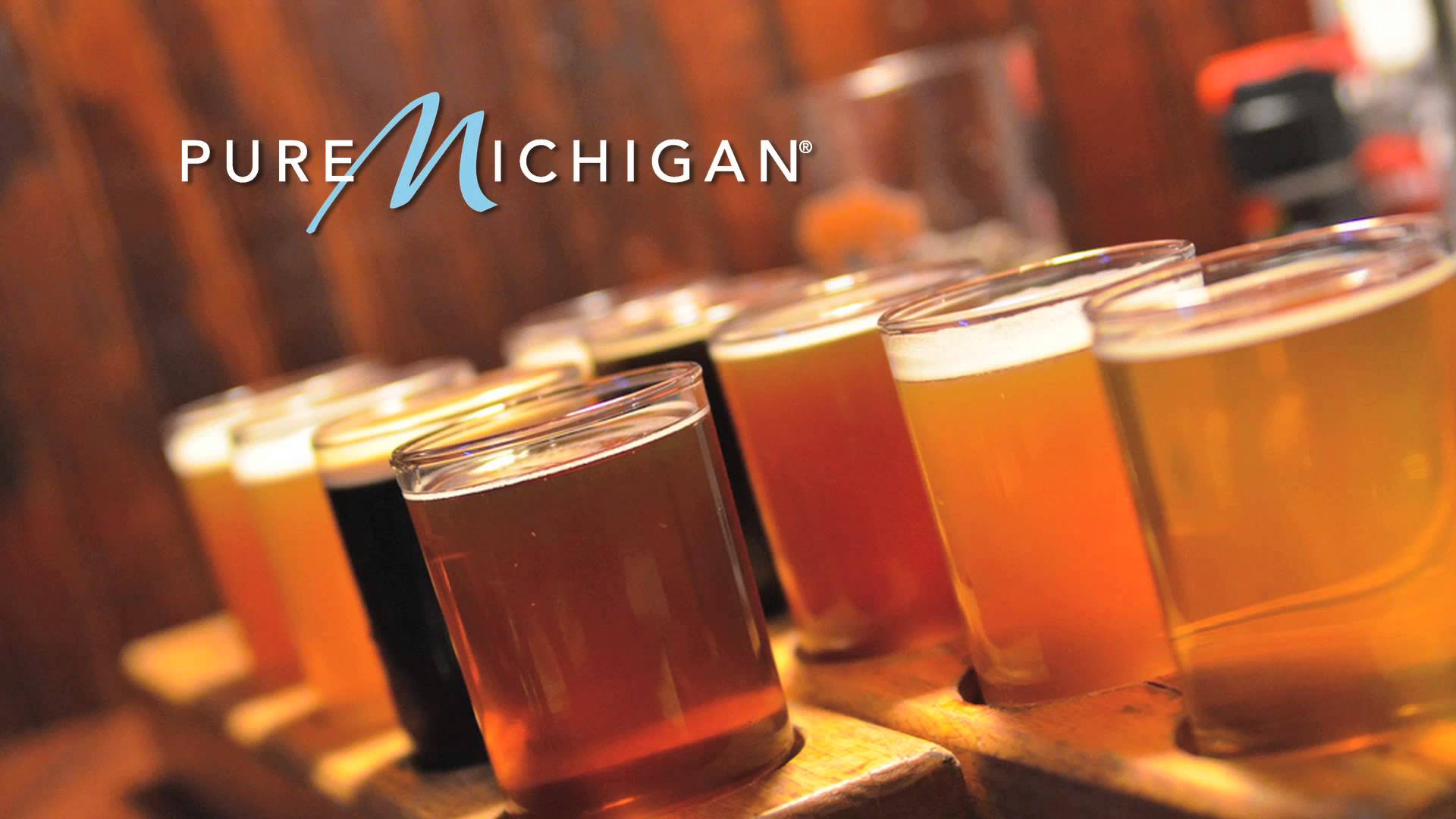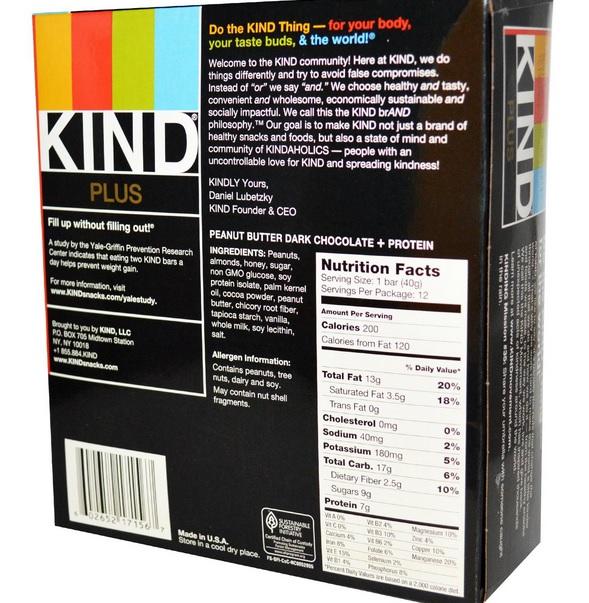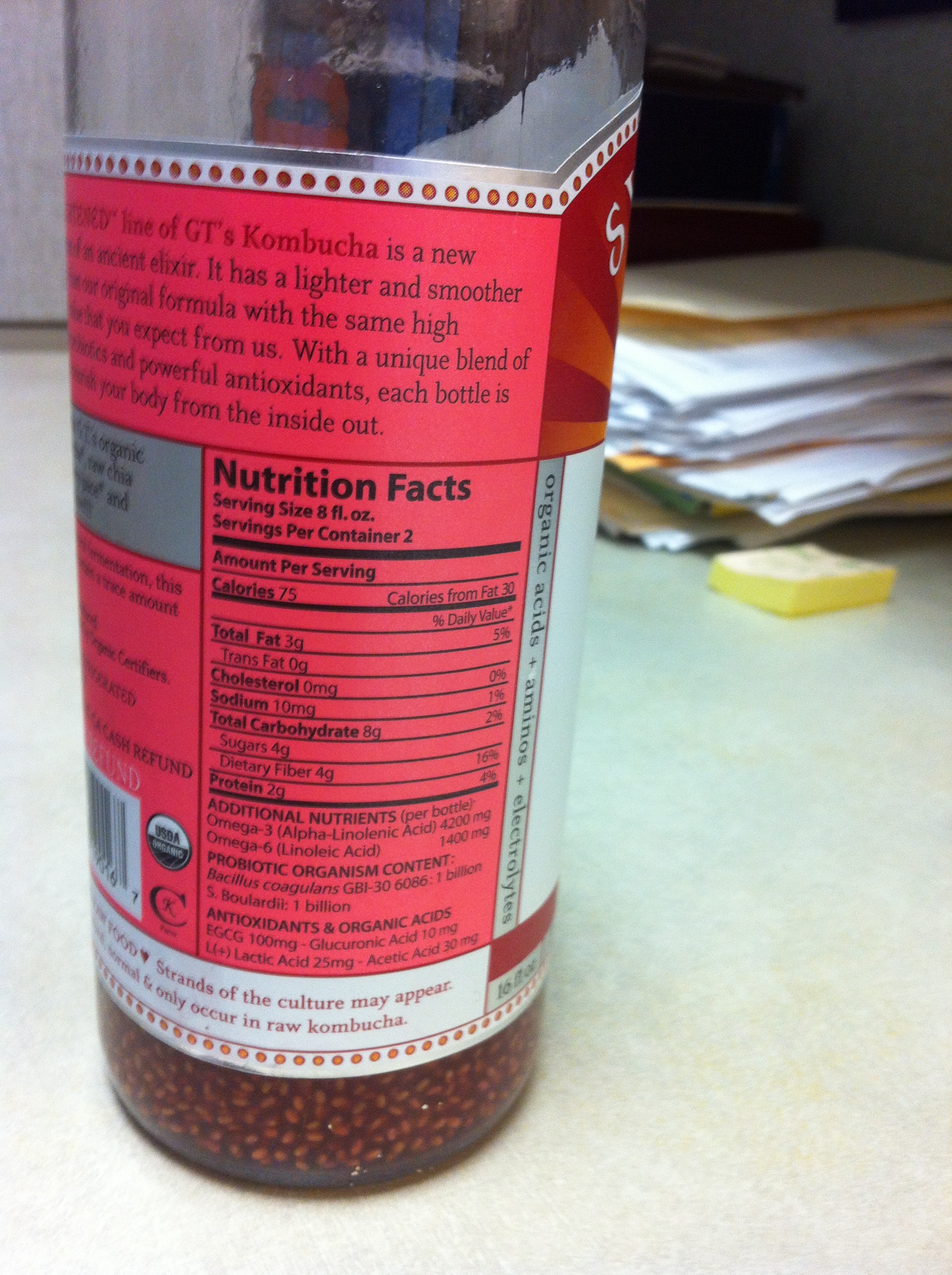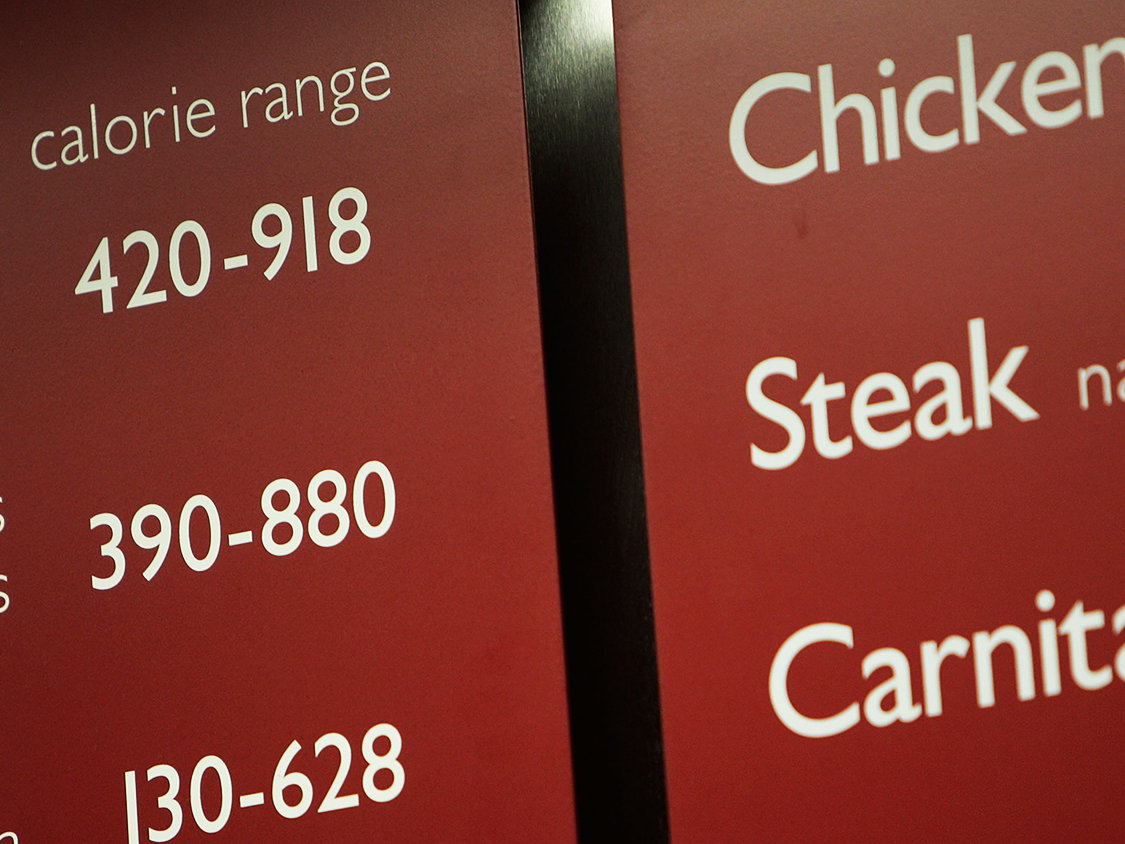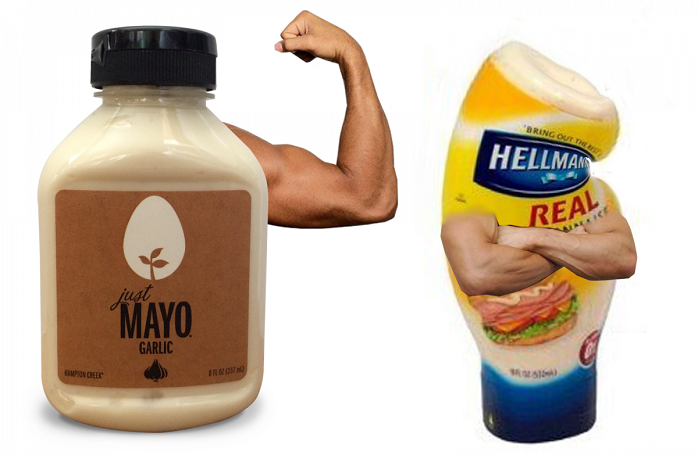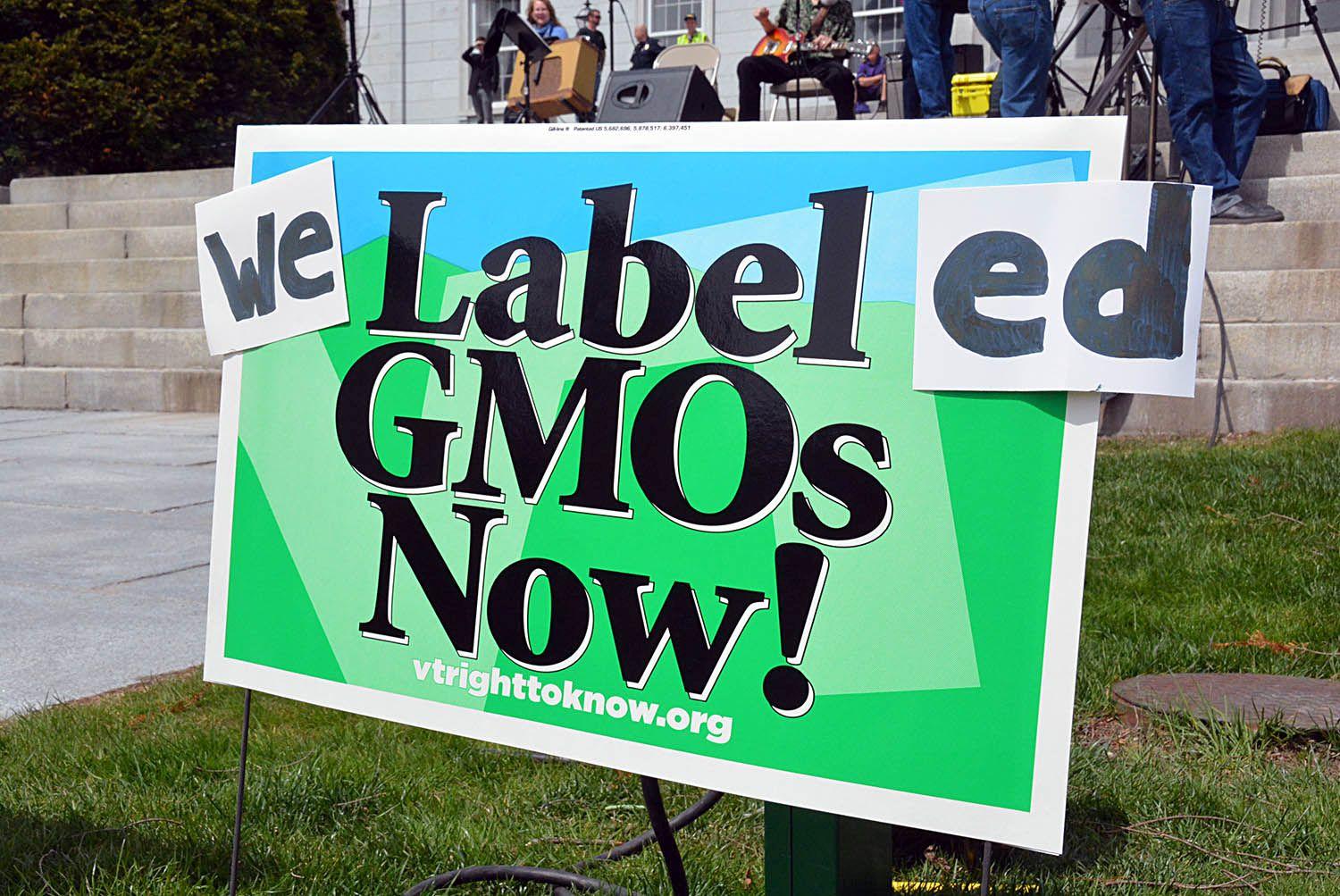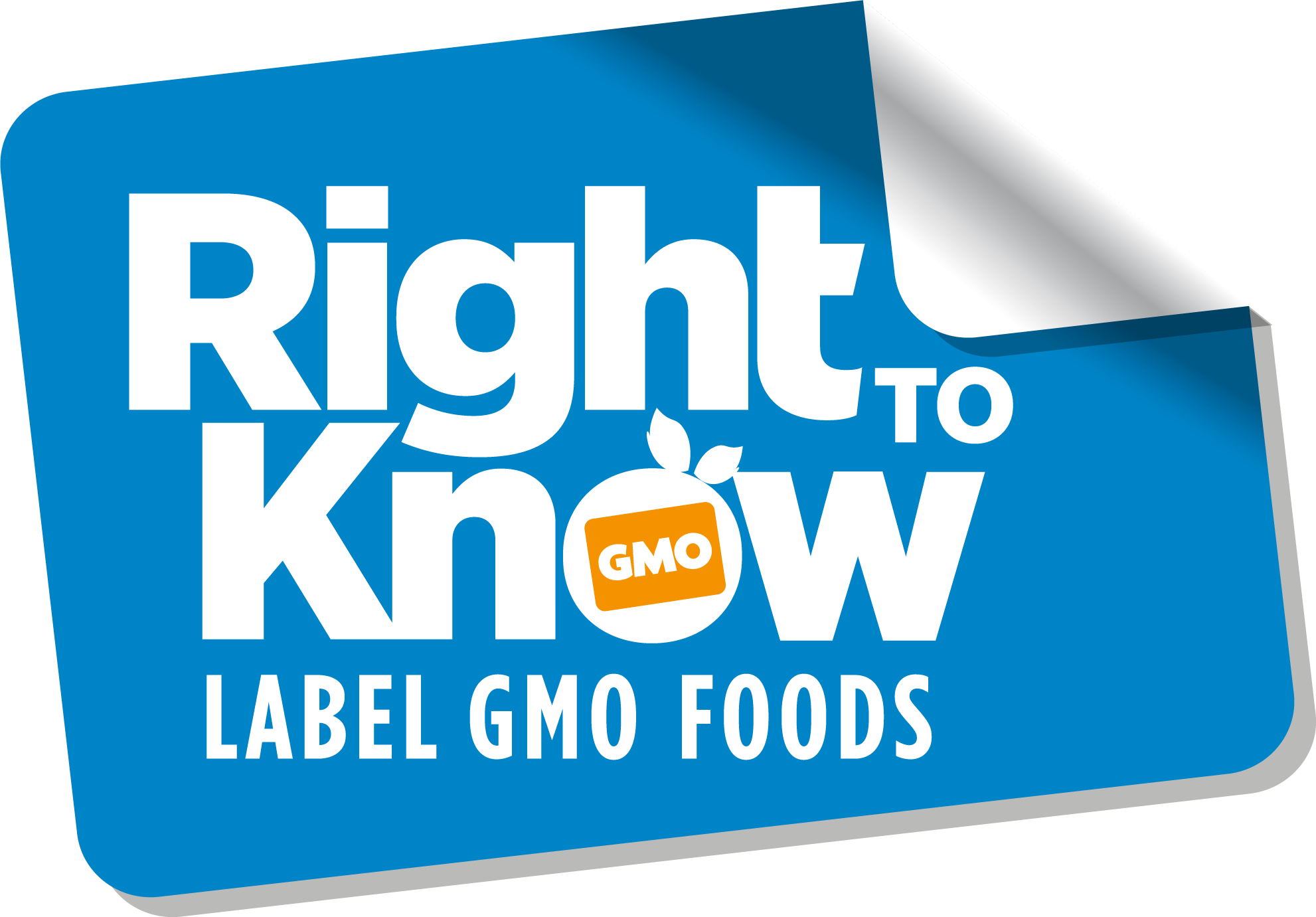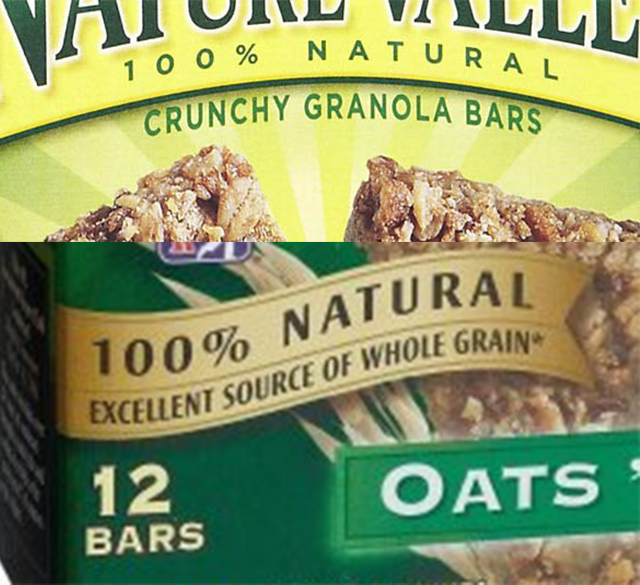Those of us born before 1980 probably remember growing up the midst of the Cold War between the United States and Soviet Union. The Cold War ended in 1991, however, the U.S. could find itself facing a trade war, this time with its North American neighbors.
On Monday, the World Trade Organization (WTO) ruled the U.S. country-of-origin labeling (COOL) required on certain meat packaging discriminates against livestock from Canada and Mexico. The ruling could lead to retaliatory measures in the form of tariffs on U.S. imports. Canada and Mexico have both indicated they intend to impose sanctions on U.S. exports as early as late summer.
The labeling law was originally introduced by Congress as part of the 2002 farm bill. The current rules require labels to state, for example, that the animal that produced the meat was “born in Mexico, raised and slaughtered in the United States” or “born, raised and slaughtered in the United States.” Canada and Mexico argued that these labeling requirements caused the prices of their meats to drop because meatpackers don’t want to go through the hassle and expense of segregating imported animals. The WTO report supports this argument, claiming that U.S. regulations, which require meat producers to indicate on retail packaging where each animal was born, raised and slaughtered, give less favorable treatment to imported meat than domestic products.
As a result of the WTO ruling, Congress is now faced with a tough choice: amend or repeal the law, or suffer punitive tariffs on a range of goods. Any amendment needs to be narrowly tailored so that U.S. meat producers are not favored over imports. In 2013 while the dispute was working its way through the WTO, Congress amend the labeling rules, but the WTO stated in their report the amendment did not go far enough. Repealing the law could appease Canada and Mexico and prevent a trade war; however, what message would this send to U.S. consumers? As consumer demand has
been increasing over the past several years for transparency in the food supply, by repealing COOL Congress would in effect be telling consumers that U.S. trade interests are more important. How well this would sit with consumers is unknown, but with the 2016 election on the horizon I’m willing to bet legislators are polling their constituents on this issue. If Congress does nothing U.S. exporters will certainly suffer, most likely passing the additional cost onto consumers. But it isn’t just additional cost, it’s lost jobs. Jobs in the industries affected by the tariffs and jobs that supply those industries. In the stagnant economy in which we live, any action that results in job losses needs to be thoroughly reviewed.
The U.S. Congress is on the clock and the world is watching. Whatever side you may be on, this is going to be a fight of historic proportions as money continues to pour in from all sides. Stayed tuned for updates as we closely follow this matter and post updates to our blog.

